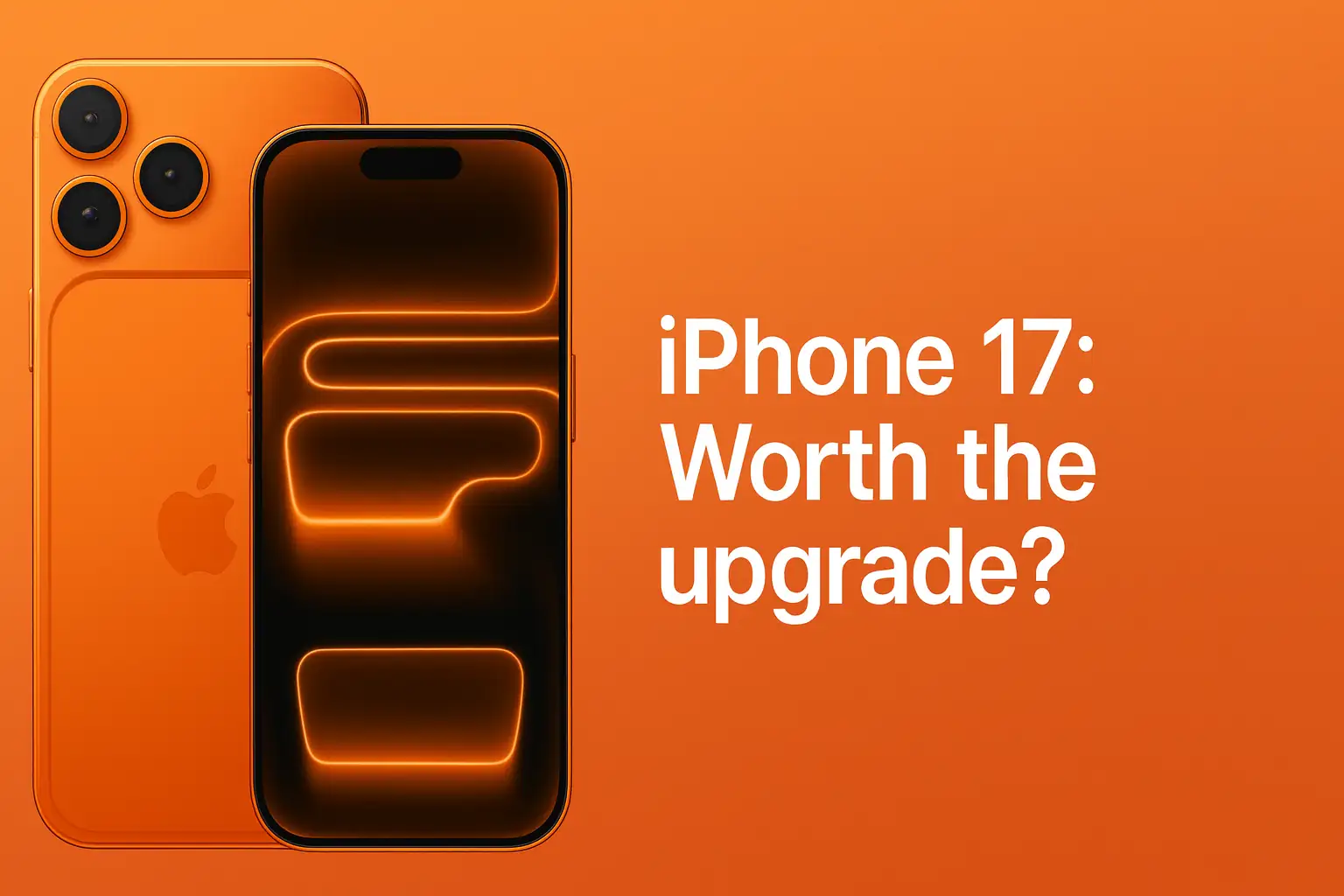
iPhone 17 Buying Guide: 11 Mistakes to Avoid + Which Model to Choose
What's new in the iPhone 17 lineup
The iPhone 17 family includes the regular iPhone 17, the ultra-thin and stylish iPhone 17 Air, and the power-packed iPhone 17 Pro and Pro Max. Apple surprised everyone by offering better performance, new displays, upgraded storage, and Pro-level features even in the base models — all without raising prices (in most cases).
But here’s the catch: while specs are impressive across the board, each model comes with key trade-offs. And if you’re not careful, you might end up overpaying or underbuying based on clever marketing.
11 mistakes to avoid when buying
- Assuming you need the Pro model. The regular iPhone 17 now includes Pro-level specs: the same chip, Wi-Fi 7, 8GB RAM, and 256GB base storage — all at a lower price.
- Thinking Apple is still limiting the base model. For the first time, the iPhone 17 gets a ProMotion display (120Hz), always-on capability, 3000 nit brightness, and anti-reflective coatings.
- Believing the iPhone Air is just a thinner iPhone 17. It’s thinner and lighter, but has major compromises — slower charging, weaker speakers, limited heat dissipation, and one less GPU core.
- Falling for overhyped camera marketing. The Air shares the same camera as the 17, but lacks features like macro mode, cinematic video, and spatial video. The “quad camera” claims are misleading.
- Assuming all USB-C ports are equal. Only the Pro models get USB 3 speeds. The iPhone 17 and Air still use USB 2.0 (20x slower).
- Ignoring thermal performance differences. The Air uses the A19 Pro chip, but it throttles quickly. The A19 in the regular 17 might perform better under sustained loads.
- Believing they’re all scratch-proof. Apple always says the glass is tougher. In reality, you’ll still want a screen protector or a case with built-in protection.
- Thinking the Air is dramatically lighter. It’s only 12g lighter than the iPhone 17 and actually larger in height and width. Add a case and the difference becomes negligible.
- Assuming aluminum is a downgrade. Apple dropped titanium from the Pros in favor of aluminum for better thermal performance — and that’s a good thing.
- Believing Apple’s Air battery claims. The iPhone Air has the smallest battery, and its advertised video playback hours assume minimal use. It even requires a special MagSafe pack to compete with Pro Max endurance.
- Thinking prices went up. Most models stayed the same or offer more storage at the same price. The iPhone 17 gives you 256GB for what used to be the 128GB price.
Which iPhone 17 should you buy?
- Buy the iPhone 17 Air if:
You want an incredibly thin and elegant device, care more about design than performance, and don’t mind paying more for less power. Perfect for casual use like social media, messaging, and video watching — but not ideal for photography, gaming, or heavy workloads. - Buy the iPhone 17 if:
You want the best value. It offers Pro-like performance, a top-tier display, strong cameras, and better battery life — all at a mid-tier price. It’s ideal for 90% of users, including budget-conscious buyers, students, and even many tech lovers. - Buy the iPhone 17 Pro if:
You want serious performance with excellent thermal handling, full camera features, and USB 3 speeds. Great for creators, gamers, and anyone who pushes their phone hard throughout the day. - Buy the iPhone 17 Pro Max if:
You want the best of the best. Huge battery, vapor chamber cooling, massive storage, top camera system, and the fastest performance Apple offers. Ideal for power users who want to future-proof their investment.
Final thoughts?
This year’s iPhone lineup is more powerful — and more complex — than ever before. The iPhone 17 delivers exceptional value and Pro features at a lower cost. The Air is beautiful but compromised. The Pro models offer top-tier performance, better thermals, and full USB-C support. Think carefully about how you use your phone, and you’ll avoid the 11 costly mistakes many buyers will make this year.